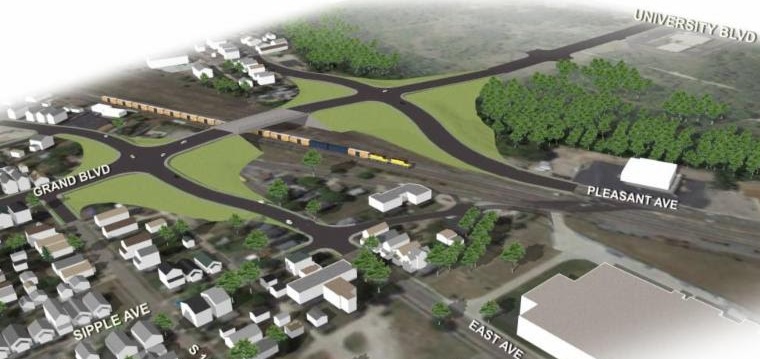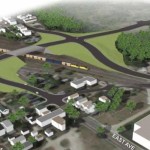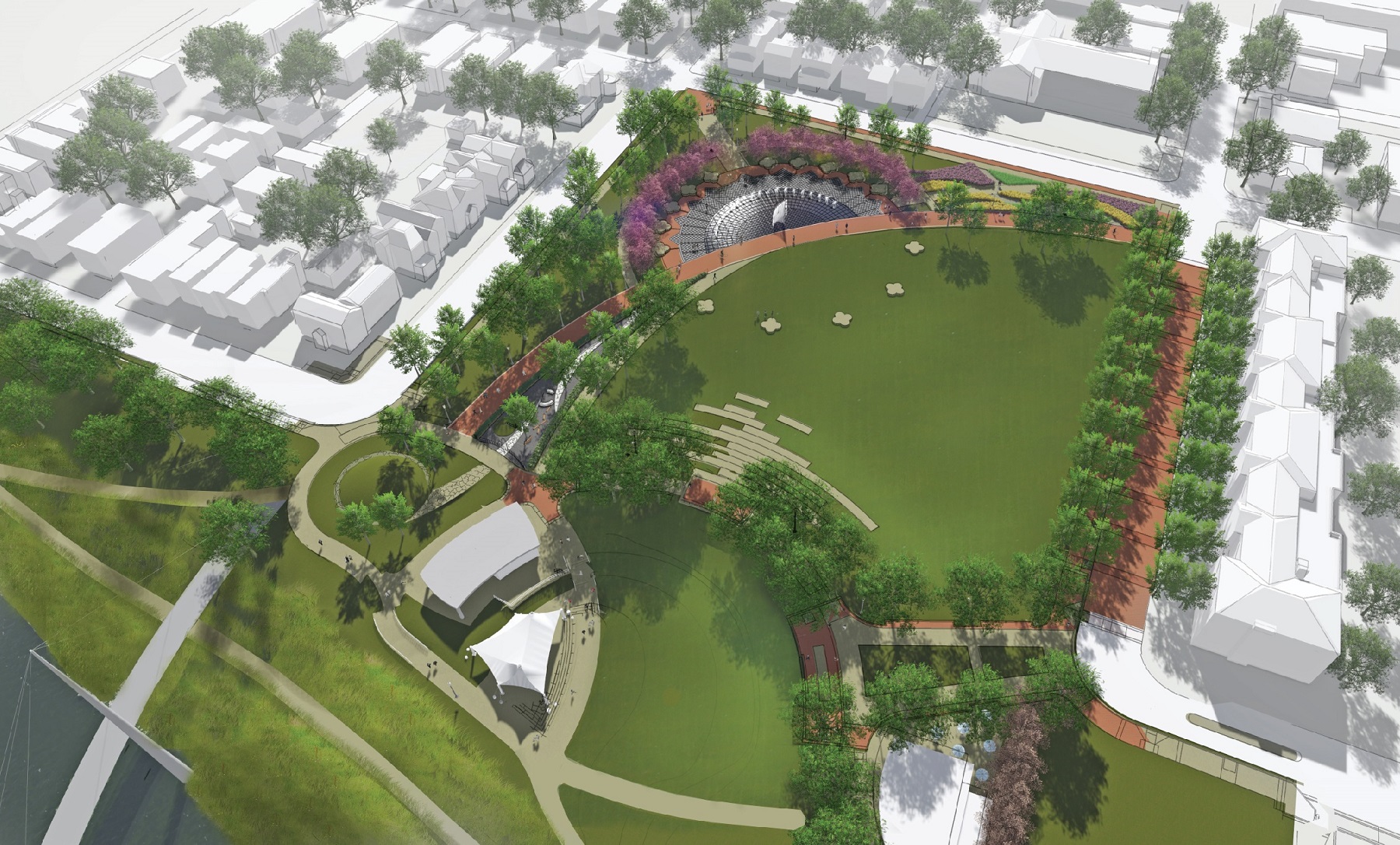Following in Cincinnati’s footsteps, the City of Hamilton introduced a new mobile pay option for 248 on-street parking meters in the downtown area.
In total, these meters represent about 45% of the city’s total. They are similar in nature to Cincinnati’s and even use the same PassportParking app to handle mobile payments.
“The option of mobile payment will make the process of parking downtown quick and convenient, which is great for both parkers and small businesses,” Hamilton City Manager Joshua Smith said in a prepared release. “It will be a welcomed change to carrying around coins and will make it easier for customers to support downtown Hamilton’s small businesses.”
When asked why all of the city’s on-street parking meters were not included, Richard A. Engle, Hamilton’s Director of Public Works, said that they wanted to focus on the most frequently used meters first to see how the new system was received.
“We wanted to pilot test the market before installing the system on all parking meters,” Engle told UrbanCincy.
In coordination with the new mobile payment app, city officials also said that they installed six credit card only parking meters a block south of High Street as a pilot test as well. So far he says that the changes have not impacted the operation of Hamilton’s Traffic Division yet, but that they will be monitoring its performance.
The changes come as cities across North America are working to modernize their parking assets, while also improving their market performance. While Engle says Hamilton is not quite ready to introduce real-time, market-based pricing for their on-street meters, he did not rule out the possibility.
“As parking demands increase, this may be considered,” Engle said. “However, it is too early to contemplate using a demand-based system at this time.”
The idea for now is to offer more modern payment options, and make the process of parking on the street easier for those visiting the downtown area.
Those interested in utilizing the PassportParking app in either Cincinnati or Hamilton can do so by creating an account at https://m.ppprk.com, and then downloading it from the iPhone App Store or Android Google Play.






